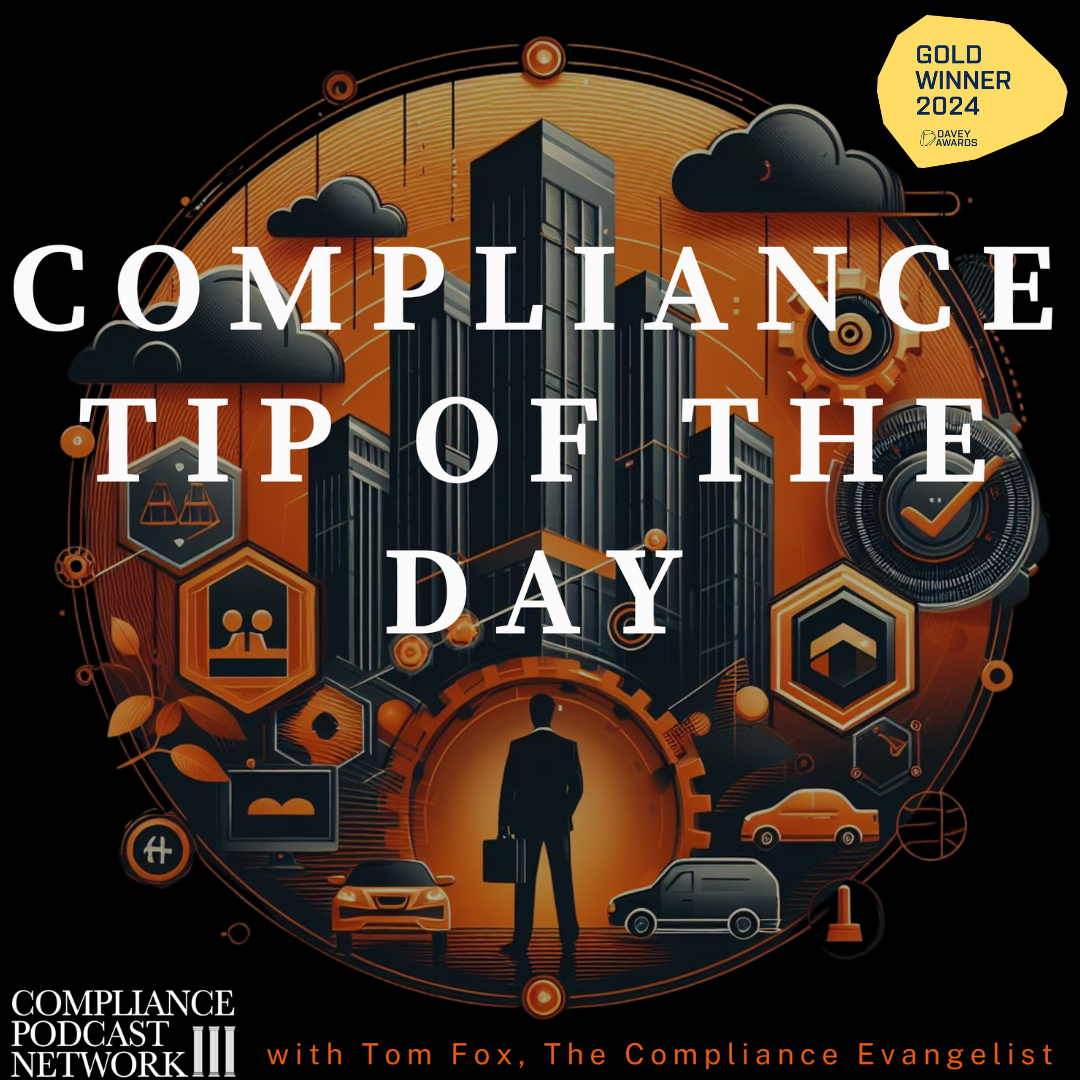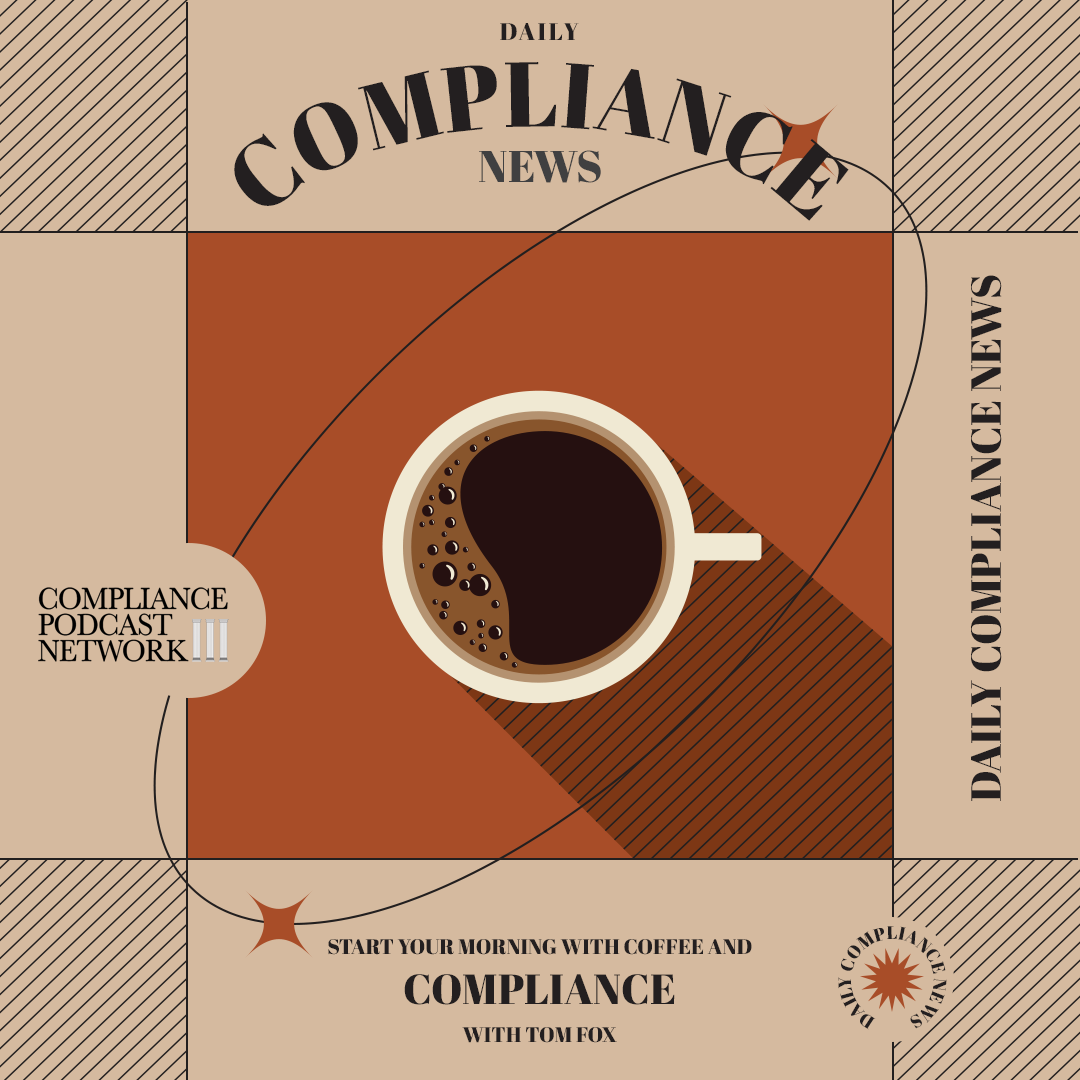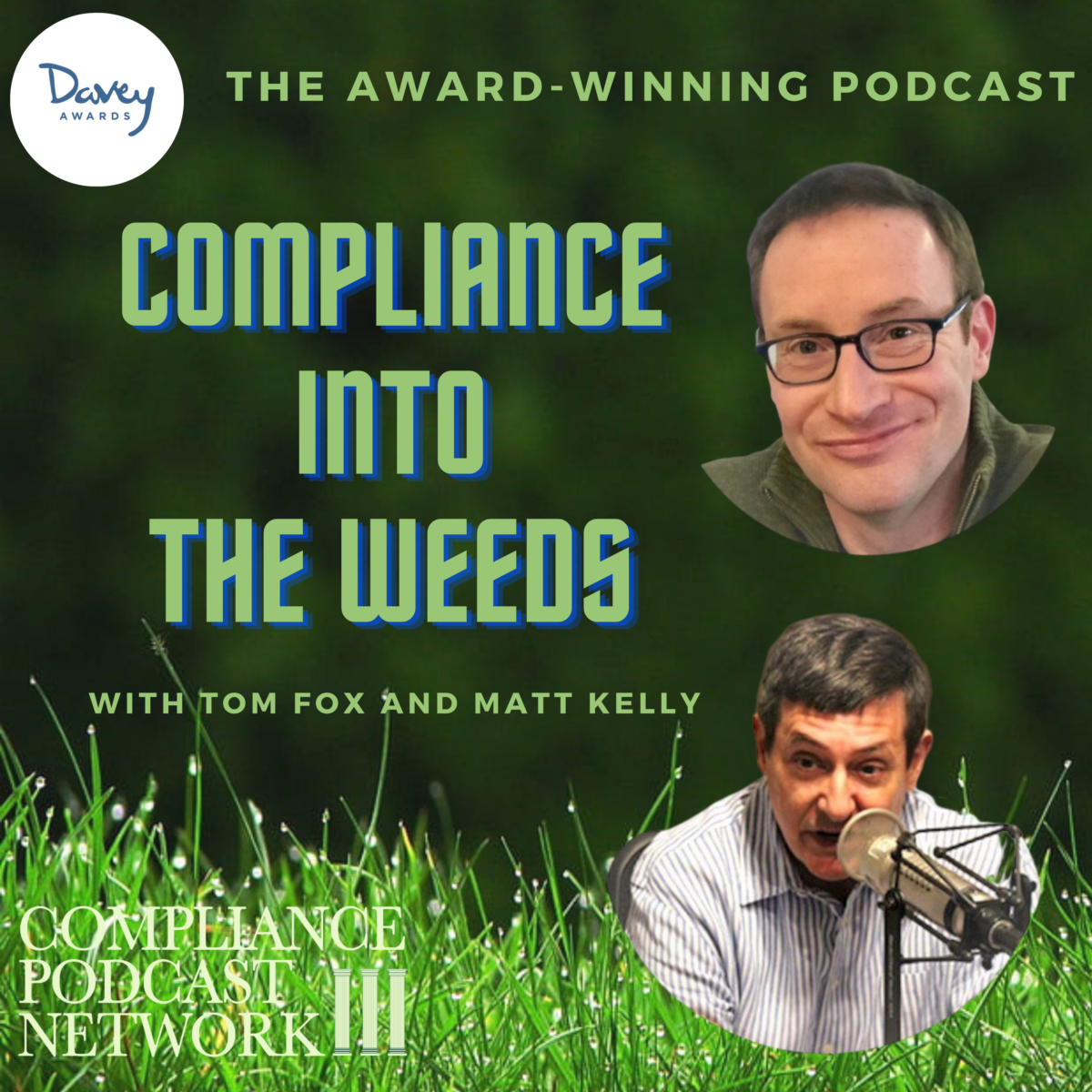Gone are the days when culture audits were an optional extra; they are now a core element for assessing employee engagement, ethical perceptions, and trust levels across all tiers of an organization. The culture audit is more than a one-time exercise. It is a continuous, structured assessment that provides actionable insights into the organization’s ethical climate. Today, we look deeper at how culture audits can be used to build a more resilient compliance program and meet today’s regulatory standards.
Understanding the Components of a Culture Audit
At its core, a culture audit examines the behaviors, attitudes, and values that make up an organization’s ethical backbone. Unlike traditional compliance metrics focusing on policy adherence, a culture audit delves into employees’ lived experiences, capturing data revealing the organization’s true ethical climate. This includes employee engagement, trust in leadership, and perceptions of organizational fairness and transparency. Each component provides insight into whether compliance is merely a set of rules or a deeply embedded aspect of the company’s culture.
- Employee Engagement. Engaged employees are more likely to take compliance seriously and act ethically. A culture audit measures engagement by assessing employees’ feelings about their work, colleagues, and leadership. For example, an audit might ask employees whether they feel their ethical concerns are heard and addressed or whether they feel motivated to report misconduct. High engagement levels typically correlate with a strong compliance culture, while low engagement may indicate risks, such as reluctance to report unethical behavior.
- Trust in Leadership. Trust is a foundational aspect of any compliance program. Employees must trust that leadership will support them if they report unethical behavior and that leaders will act in the company’s best interests. Culture audits measure trust by examining how employees perceive leadership’s commitment to ethics and transparency. This is crucial for creating an environment where employees feel secure in voicing concerns and believe their leaders are setting the right ethical tone.
- Overall Ethical Climate. This component reflects employees’ general perception of the company’s commitment to ethics. Is compliance perceived as a priority, or is it seen as a checkbox activity? Culture audits assess the ethical climate by analyzing employee feedback on organizational values, openness, and support for ethical behavior. For instance, if employees feel pressured to meet performance goals by any means necessary, this could indicate a misalignment between the organization’s stated values and its actual culture.
These components create a comprehensive picture of an organization’s ethical foundation. By understanding these areas, compliance professionals clearly understand their cultural strengths and areas that may require improvement.
Documenting and Benchmarking Culture Data
A critical advantage of culture audits is the ability to document and benchmark compliance culture over time. With the 2024 ECCP, compliance professionals are now expected to show not only that they are measuring culture but also that they are improving it. Regular culture audits allow compliance teams to establish a baseline and monitor progress, providing a concrete data trail demonstrating a commitment to fostering an ethical environment.
- Creating a Baseline. The first culture audit benchmarks the organization’s current compliance culture. This baseline measurement offers a starting point, revealing where the organization currently stands regarding employee engagement, trust, and ethical climate. For example, if an initial audit shows that only 60% of employees feel confident in reporting concerns without fear of retaliation, this metric can be a target for improvement.
- Tracking Changes Over Time. Regular culture audits—whether conducted annually, biannually, or even quarterly—provide compliance teams with an ongoing record of progress. These periodic assessments allow compliance officers to identify trends, see where improvements have been made, and pinpoint areas that may require further attention. For instance, if the culture audit shows increased trust in leadership over time, compliance professionals can document this trend and note any specific actions that may have contributed to it.
- Meeting Regulatory Standards. Culture data is not just an internal tool; it’s essential for demonstrating compliance to regulators. The DOJ’s emphasis on a data-backed compliance culture means that documentation is now integral to compliance. By tracking and documenting cultural shifts, compliance professionals can present evidence of their program’s effectiveness in fostering a strong ethical environment. In the event of an investigation, this data provides regulators with a clear narrative of the organization’s commitment to compliance, allowing them to see how the culture has evolved in response to internal and external pressures.
Documenting and benchmarking culture data is not simply about showing improvement; it’s about proving that the organization takes compliance culture seriously and is willing to make continuous, measurable investments in its ethical climate.
Responding to Culture Audit Findings
One of the most valuable aspects of culture audits is providing actionable data. Once areas for improvement are identified, compliance professionals can take targeted steps to address gaps and reinforce strengths within the organization. This iterative process is crucial for building a responsive, resilient compliance program that meets DOJ standards.
- Addressing Gaps in Engagement. If a culture audit reveals low employee engagement, compliance professionals may need to explore ways to improve communication, recognition, and training. For example, employees may feel disconnected from compliance initiatives if they need to understand how these efforts relate to their day-to-day roles. By enhancing training programs or creating more transparent communication channels, compliance teams can foster greater engagement and help employees understand the importance of compliance.
- Enhancing Trust Through Transparency. Trust issues revealed by a culture audit require a strategic approach to rebuild confidence. For instance, if employees lack trust in leadership, compliance professionals can work with senior leaders to increase transparency around decision-making, ethics policies, and disciplinary actions. This could involve sharing more detailed reports on how leadership addresses reported concerns or providing regular updates on the company’s commitment to ethical values.
- Aligning Training and Ethical Alignment. Culture audits can reveal discrepancies between employees’ understanding of compliance expectations and the organization’s goals. If employees report confusion about compliance policies or express uncertainty about the expected ethical standards, compliance teams can develop targeted training sessions to clarify these areas. For example, a focused training session on reporting procedures or the company’s non-retaliation policy could address specific gaps in understanding and align employees’ actions with the organization’s compliance objectives.
A culture audit is only as effective as the actions that follow it. By treating audit findings as an opportunity for improvement, compliance professionals can create a more responsive, adaptable compliance program that continuously aligns with DOJ expectations.
Prioritizing Culture Audits for a Stronger Compliance Program
Culture audits have become indispensable tools for today’s compliance professionals. They provide the data-driven insights the DOJ now requires and offer a structured way to assess and enhance compliance culture. By focusing on key metrics, such as employee engagement, trust in leadership, and overall ethical climate, compliance teams can clearly understand their organization’s strengths and weaknesses.
Regularly conducting and documenting culture audits establishes a solid foundation for continuous improvement, ensuring compliance is not merely a static set of rules but a dynamic, evolving part of the organization. Through data-backed assessments, compliance professionals can demonstrate to regulators a commitment to maintaining a strong ethical environment, addressing gaps as they arise, and fostering a workforce that values and supports compliance efforts.
In a world where regulators are increasingly focused on culture, compliance professionals who embrace culture audits are meeting DOJ expectations and positioning their organizations for long-term success. By treating culture audits as essential components of the compliance toolkit, organizations can build a resilient, ethical workplace where compliance is a policy and a deeply ingrained cultural value.










